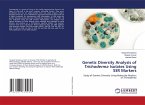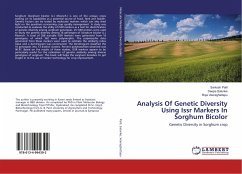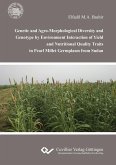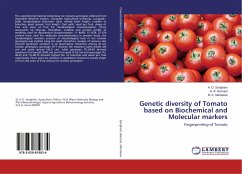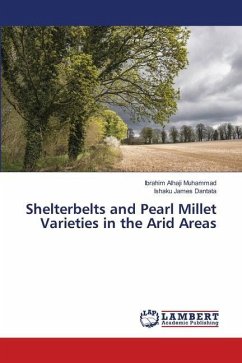Pearl millet (Pennisetum glaucum (L.) R. Br.) is commonly known as pearl, cat tail, spiked or bulrush millet in English is world's sixth important and widely grown potential food cereal crop in agriculture in India and Africa. The pearl millet is an annual tillering diploid (2n=14), belongs to Division: magnoliophyta, Class: liliopsida, Order: poales, Family: Poacae, Sub family Paniceidae, Genus: pennisetum, Species: P. glaucum and is believed to be originated in Africa, where the greatest diversity of morphological types exists. The center of diversity for the crop is in the Sahel zone of West Africa.In pearl millet a large number of crosses evaluated in hybrids each year. The characterization and identification of cultivars/hybrids is an urgent requirement. However, all types of marker are not suitable or feasible for the characterization and identification of hybrids. Morphological markers are less useful mainly due to lack of availability of an adequate number of ideal morphological markers in several hybrids.Molecular and biochemical markers are important tool for breeding selection, genotype identification and studying the organization and evolution of plant genomes.
Bitte wählen Sie Ihr Anliegen aus.
Rechnungen
Retourenschein anfordern
Bestellstatus
Storno



